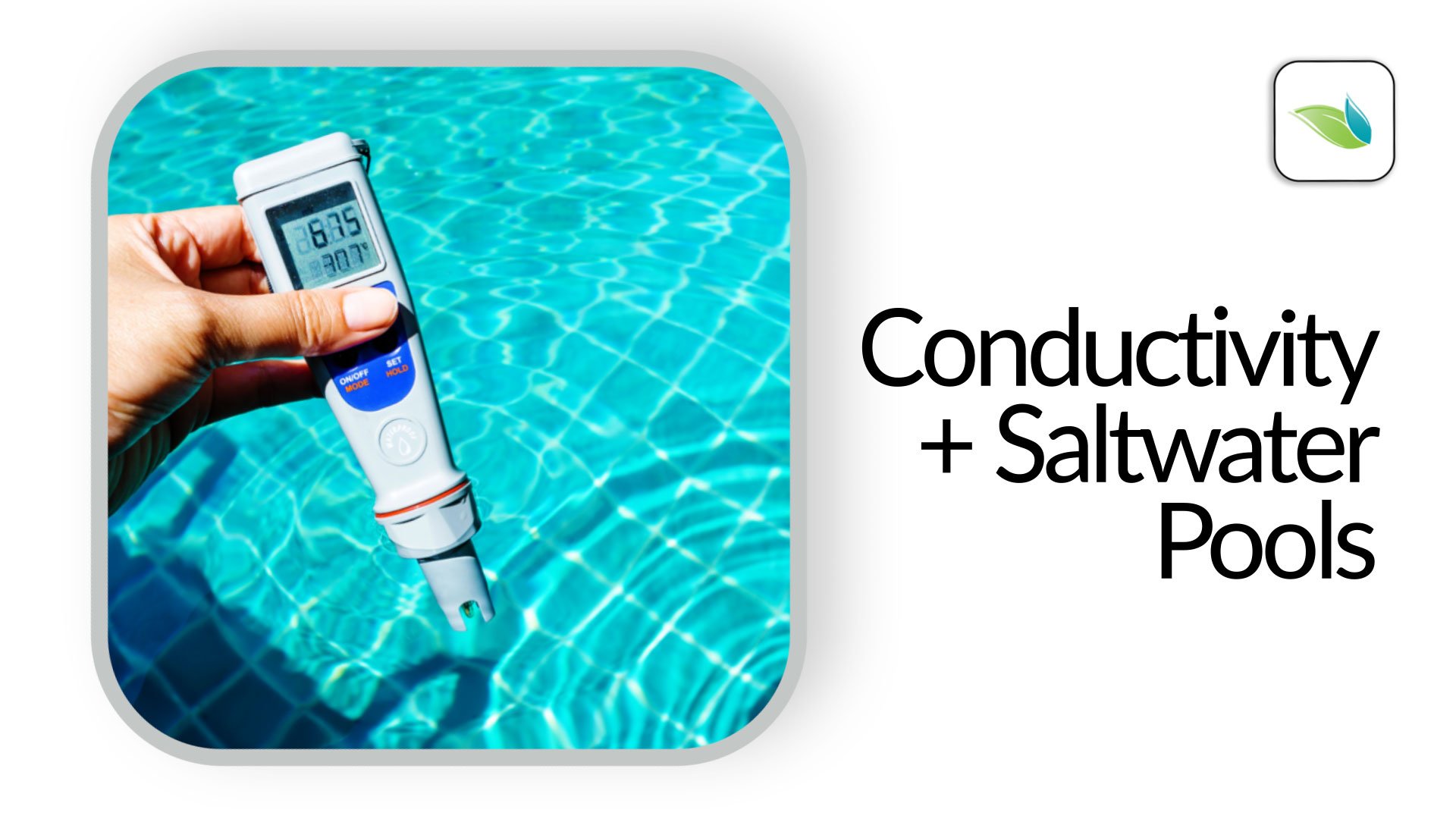Electrons do not travel through water.
Current is carried by cations (Positively charged ions)and anions (Negatively charged ions).
The cations are attracted to the Cathode and the Anions are attracted to the Anode.
If the (+) cations do not gain electrons, they build up on the cathode and current won't flow.
If the (-) anions do not lose electrons, they build up on the anode and current won't flow.
If the electrolysis did not happen, all you would get would be a bunch of ions stuck on the anode and cathode with no current flow.
For AC, the voltage reverses course and the ions only move back and forth a tiny bit to carry the current through the water.
For AC, electrons do not flow through the water.


Current is carried by cations (Positively charged ions)and anions (Negatively charged ions).
The cations are attracted to the Cathode and the Anions are attracted to the Anode.
If the (+) cations do not gain electrons, they build up on the cathode and current won't flow.
If the (-) anions do not lose electrons, they build up on the anode and current won't flow.
If the electrolysis did not happen, all you would get would be a bunch of ions stuck on the anode and cathode with no current flow.
For AC, the voltage reverses course and the ions only move back and forth a tiny bit to carry the current through the water.
For AC, electrons do not flow through the water.












.png)
